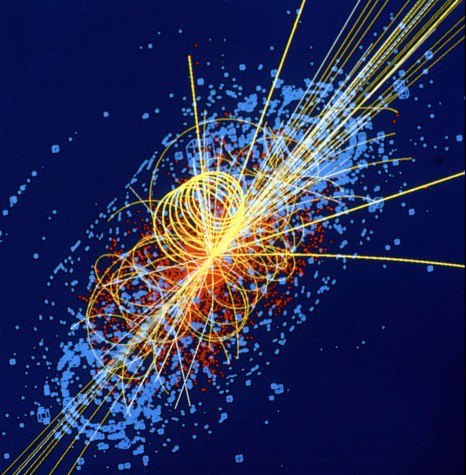First found on: Facebook
Could the Large Hadron Collider team have discovered TWO Higgs Bosons?
The original data was released in July, and it showed that the Higgs Boson seems to decay into two photons slightly more often than predicted. Last month, further data was released on everything except the two photon findings – but now we have an update.
Instead of the predicted one peak in data, researchers have observed two
different peaks at two statistically significant different numbers.
Cautioned by previous unusual findings that turned out to be errors, they have spent the last month trying to work out if this could be a mistake. So far, the numbers seem to be holding up.
Multiple Higgs Bosons are predicted by certain interpretations of the…
Picked up the full article on: Huffington Post
A month ago scientists at the Large Hadron Collider released the latest Higgs boson results. And although the data held few obvious surprises, most intriguing were the results that scientists didn’t share.
The original Higgs data from back in July had shown that the Higgs seemed to be decaying into two photons more often than it should—an enticing though faint hint of something new, some sort of physics beyond our understanding. In November, scientists at the Atlas and LHC experiments updated everything except the two-photon data. This week we learned why.
Yesterday researchers at the Atlas experiment finally updated the two-photon results. What they seem to have found is bizarre—so bizarre, in fact, that physicists assume something must be wrong with it. Instead of one clean peak in the data, they have found two. There seems to be a Higgs boson with a mass of 123.5 GeV (gigaelectron volts, the measuring unit that particle physicists most often use for mass), and another Higgs boson at 126.6 GeV—a statistically significant difference of nearly 3 GeV. Apparently, the Atlas scientists have spent the past month trying to figure out if they could be making a mistake in the data analysis, to little avail. Might there be two Higgs bosons?
Although certain extensions of the Standard Model of particle physics postulate the existence of multiple Higgs bosons, none of them would predict that two Higgs particles would have such similar masses. They also don’t predict why one should preferentially decay into two Z particles (the 123.5 GeV bump comes from decays of the Higgs into Zs), while the other would decay into photons.
The particle physicist Adam Falkowski (under the nom de plume Jester) writes that the results “most likely signal a systematic problem rather than some…
Read on: Two Higgs Bosons? CERN Scientists Revisit Large Hadron Collider Particle Data






































